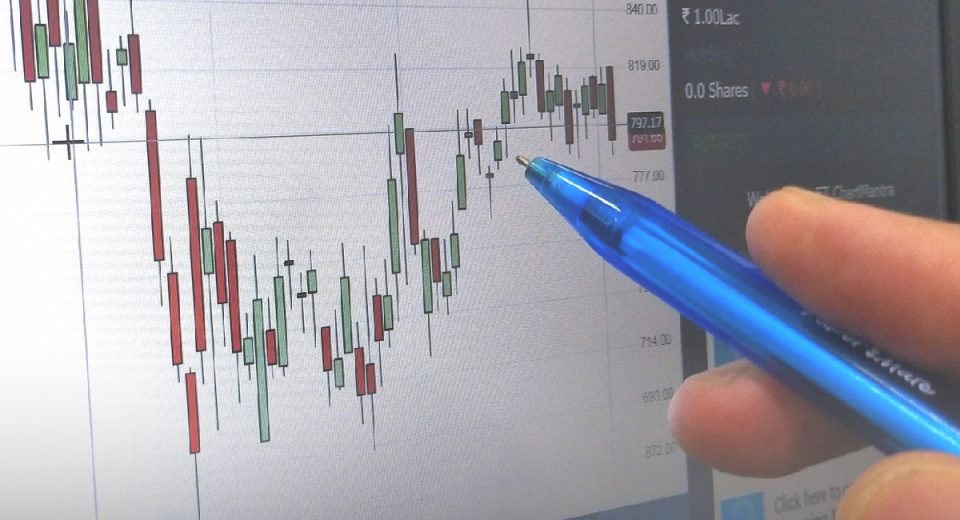Commodity Hedging Strategies

Commodity prices can fluctuate significantly and have a real impact on the competitiveness of a buyer or farmers and producers. The risks arising from the change in commodity prices can be managed by using commodity hedging strategies. These strategies are regularly used by people involved in a business related to a commodity being traded or the producers of a commodity. Let’s find out more about how hedging helps to manage the risk arising from an increase or decrease in the prices of commodities in the future.
Hedging to Mitigate Risk
Hedging strategies involve buying or selling futures to deal with the risk of a change in the price of the concerned commodity. Although no risk can be eliminated totally, its impact can surely be mitigated or passed on. Hedging has two parts; first, a position in a commodity or cash position that is either being produced or has to be bought, and second, a position in the futures market that a hedger creates to limit the risk.
Hedging through futures is the most popular option, wherein the two parties mutually agree to buy/sell commodities at a future date for a fixed price. For instance, when a business needs to buy a commodity in the future, but is worried that the prices may shoot up, it can go long and buy a future contract to lock the buy price at the desired level. Thus, the risk of increased prices is mitigated, and the business gets to buy the product at the desired price. Similarly, if the producer of a commodity is worried about the future selling price, they may enter into a futures contract by agreeing to sell the commodity at a predetermined price.
Hedging and Financial Instruments
Commodity hedging can be done through futures, options on futures, Contracts for Difference (CFDs) and paper swaps. All hedging strategies are based on the parallel movement of spot and future prices, which results in the opportunity to compensate in the derivatives market, the losses incurred on the commodities market. Hedging can be used by both buyers and sellers of a commodity. A buyer would hedge against a rise in price, while a seller would hedge against a fall in prices.
Futures contracts can be entered into for different periods, according to the individual risks of producers and consumers. Also, these contracts are liquid instruments that are traded by speculators, investors and several other market participants. The commodities exchanges offer clearing of these contracts and in doing so remove the credit risk. Producers and consumers get special treatment on commodity exchanges and pay a lower margin rate than all other participants. Some common hedging strategies are:
- Full Hedging: In this strategy, the position opened is of the same volume and specification, but in the opposite direction with respect to the real commodity. This strategy completely hedges the risk of unfavourable price movements.
- Selective Hedging: Here the hedging is done by taking a position in a similar but not identical product and not in the full amount. A major drawback of this strategy is that the trader needs to constantly monitor the market to manage the overall risk.
- Active Hedging: In this strategy, the decision to hedge or not is made on the basis of the current market situation. This is a highly risky strategy, wherein the decision to hedge or not is left till the last moment. Quite often, farmers get greedy and do not hedge until the last moment and may lose significantly in the process.
So, what are the challenges involved in hedging? Trading in futures contracts requires traders to deposit some margin money, besides adhering to the daily mark to market requirements. And, if the market moves against the trader, the result is a margin call or demand for deposit of more margin money. Another thing that may pose a challenge is the size and specifications of the contract. They may not be adequate to provide the necessary hedge. Again, the available futures contracts may not match the physical commodity specifications, leading to hedging discrepancies.
Hedgers can also use forward markets, fixed price pre-export finance transactions and swaps to hedge. These options allow traders to enter into tailor made transactions that assume the credit and performance risk of the commodity.
The bottom line is that hedging is an important tool that allows traders to manage the risks arising out of a change in the prices of a commodity being traded.
Disclaimer
If you liked this educational article please consult our Risk Disclosure Notice before starting to trade. Trading leveraged products involves a high level of risk. You may lose more than your invested capital.




